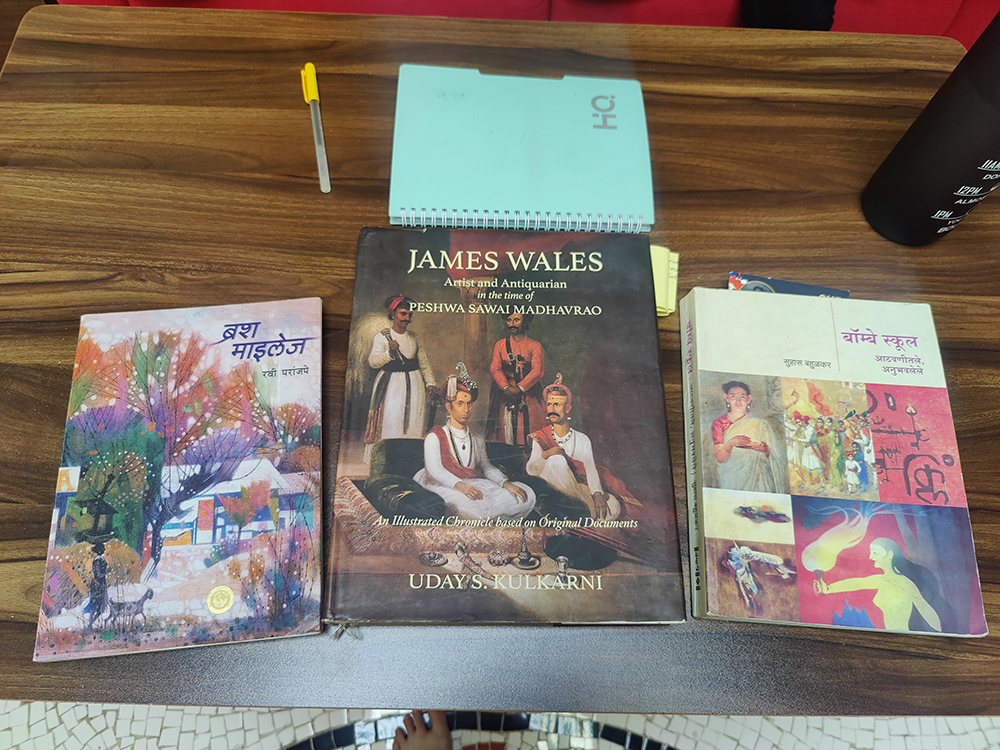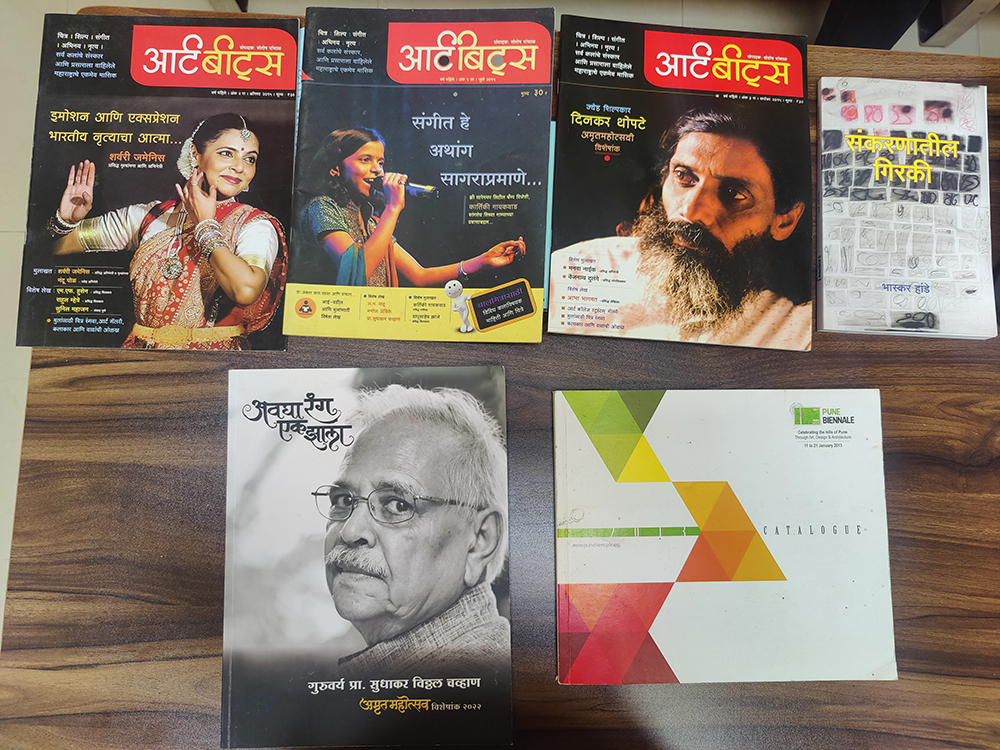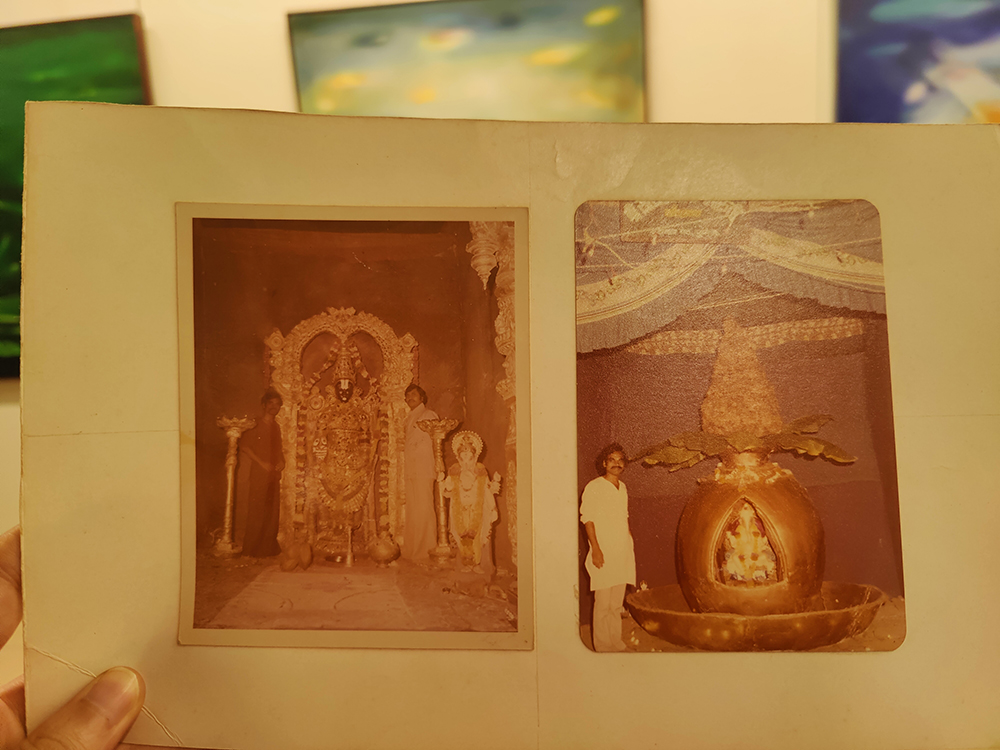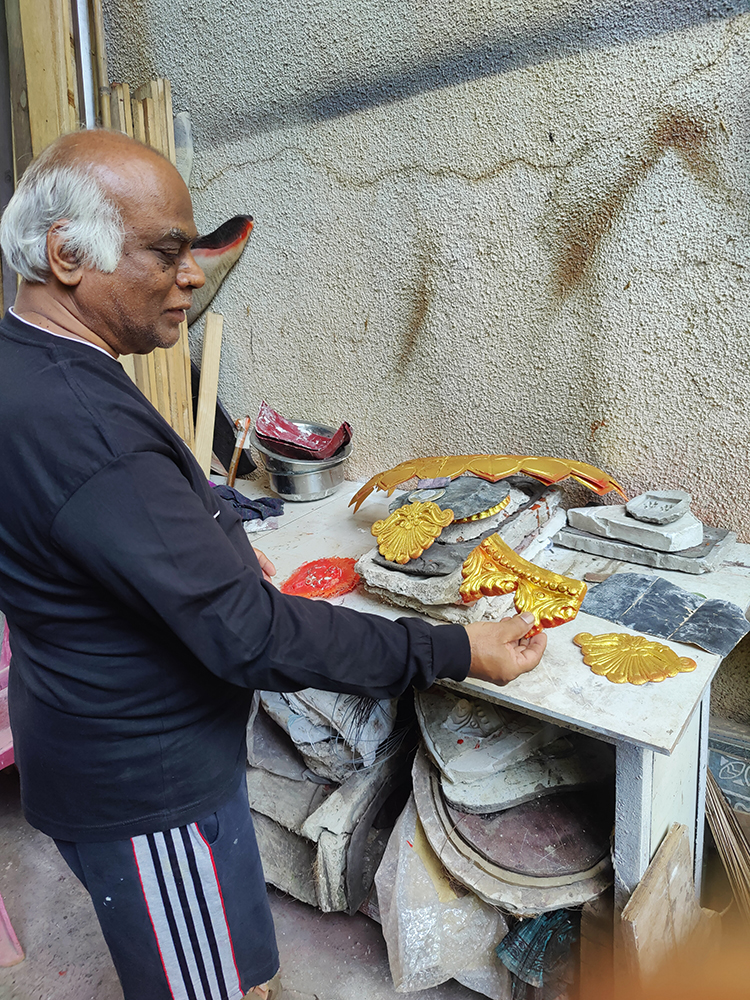Kohinoor Darda
Project Period: One year
This Foundation Project implemented by IFA will explore the artistic legacy of Pune from the 18th century from when it rose as the capital of the Maratha empire under the rule of the Peshwas, tracing it to present times. Through a selected range of objects from the Zapurza Museum of Art and Culture (ZMAC) in Pune, Maharashtra, the project will create two exhibitions on the evolution of artistic traditions of Pune across centuries, through the lens of art history and empirical aesthetics. ZMAC, situated on the banks of Khadakwasla Dam in Pune, Maharashtra, is a not-for-profit art initiative under PN Gadgil Art and Culture Foundation led by Mr Ajit Gadgil. Borne out of Mr Gadgil’s personal collection, ZMAC has objects ranging from rare pieces of jewellery, paintings by traditional and contemporary artists, textiles, lithograph prints by Raja Ravi Varma, a collection of miniature paintings, and various kinds of manuscripts, everyday objects and a diverse range of ephemera. Kohinoor Darda is the Project Coordinator for this project.
Kohinoor Darda is a cognitive neuroscientist, neuro-aesthetician and performing artist based out of Pune, Maharashtra. She is the founder and director of the Advancement and Research in the Sciences and Arts (ARISA) Foundation in Pune. Kohinoor holds PhD in Social Cognitive Neuroscience from School of Psychology, Bangor University, United Kingdom. In addition, she is also trained in Bharatnatyam and Kuchipudi. Kohinoor has significant experience in working at the intersection of science, social sciences and humanities, which is demonstrated by her rich work experience and publications on neuroscience and art therapy. Given her sustained interest in arts and aesthetics and her experience, Kohinoor is best suited to be the Project Coordinator for this Foundation Project implemented by IFA.
For this Foundation Project, Kohinoor will look at a long arc of history to understand the beginnings of the artistic legacy of Pune, the historical agencies that shaped it, the cultural ethos and how it carved a distinct identity in the larger oeuvre within Indian art history. Starting from 1720s, when Pune rose to its heights as the capital of the Maratha empire under the rule of the Peshwas, the research will follow the advent of British colonial dominion over India in 1757 and the arrival of Scottish artist James Wales in India in 1792; his interactions with the Maratha minister and statesman Nana Fadnavis and his work in collaboration with the local artist Gangaram Tambat. It will also explore the role of literary magazines like Kavyetihas Sangraha in bridging the world of visual arts and the print; and the emergence and proliferation of art workshops and studios like Kelkar Chitrashala. The research will identify the key moments in cultural and the artistic universe of Pune and work towards creating two exhibitions. Using qualitative research and ethnography as the methodology, Kohinoor will interview scholars and experts across various institutions in Pune and beyond to create the comprehensive curatorial research for the exhibition. The first exhibition, tentatively titled Pune’s Then leads to Now will narrate the evolution of Pune’s artistic legacy from its establishment as the capital of the Maratha rule to contemporary times. Following this, the second exhibition tentatively titled Pune’s Now from Then will narrate the evolution of the Ganesh festival - from a one-day celebration to a ten-day event - and related artistic creations. This hopefully will be a crucial contribution to the study of community based artistic practices, foregrounding the ecosystem of artistic networks that exists but are often overlooked and left out in the grand narratives of history writing and exhibition spaces.
Apart from the exhibitions, the research will also facilitate the building of a network of museums and cultural sites in Pune through community participation, documenting audio-visual narratives about the intangible cultural legacies and co-curating certain aspects of the exhibitions with them. Keeping in mind the programmatic impulse of the Archives and Museums programme, the Project Coordinator will also design a series of walks and arts educational programming for children and general audience.
Kohinoor has divided the one year project term into phases of research, analysis, documentation and exhibition. Starting with – the initial research and study of secondary sources will be followed by reaching out to collaborators and experts for interviews. She will also collaborate with researchers at ARISA Foundation for the preparation of outputs for the exhibition. The research emerging out of the collection of ZMAC will also be supplemented with objects and exhibits brought in from other museums and holdings. Post the exhibition and public programming, the final phase of the project will be dedicated to writing of a report, documenting and analysing audience experience and engagement.
The outcomes of this project will be two exhibitions, draft of research essays, audio-visual documentation and a series of public programming including workshops, on the evolution of the artistic legacy of Pune.
The Project Coordinator’s final deliverables to IFA along with the final reports will be the photos and videos of the exhibitions, curatorial research output, the research essays, copies of audio-visual documentation and proceedings from the workshops and public programming.
IFA will ensure that the implementation of this project happens in a timely manner and funds expended are accounted for. IFA will also review the progress of the project at midterm and document it through an Implementation Memorandum. After the project is finished and all deliverables are submitted, IFA will put together a Final Evaluation to share with Trustees.




